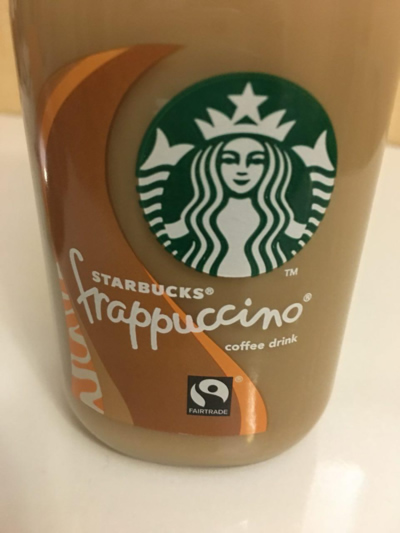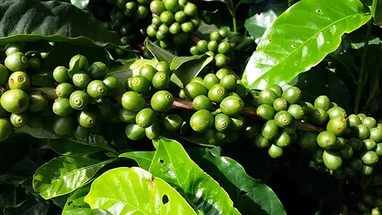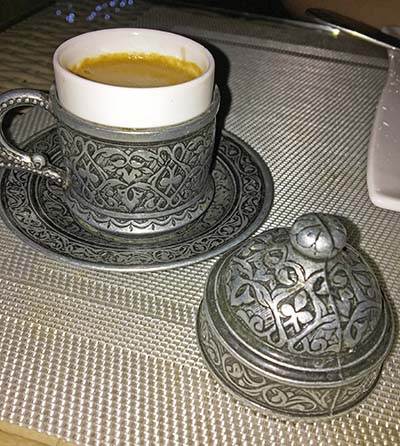How to Shop For Coffee

As one shops for coffee, there are several different factors that should be considered. For example, do you prefer the beans pre roasted or do you like to roast them yourself? Or should you consider the beans origin and growth methods? Additionally, do you own a grinder or do you need to buy pre ground beans and how a long ago were those beans pre ground? Below you will find a seven step guide to help you buy the best bag of coffee for you.
Step 1 Find out the roasting process of the beans. It is very important to consider how exactly the beans have been roasted. A French roast will be quite strong, while an Italian roast will be even stronger. The golden rule of coffee beans is the darker the bean, the stronger the roast.
Step 2 Spend a little more on yourself and try out a can or bag of Segafredo or Lily coffee. You will not regret it. Segafredo and Lily coffee are two highly regarded Italian brands of coffee. Coffee connoisseurs swear by their delicious roasts. If these brands are too much of a splurge for you, then try out brands such as Starbucks or Gevalia which are still high quality gourmet coffee but at a much more affordable price.
Step 3 Test out organic coffee. A few coffee manufacturers are known for utilizing several chemicals during their growth and roasting processes. Unfortunately, the chemicals used can affect how the beans will taste as well as how our bodies will react to them. Luckily, organic coffee refuses to incorporate any toxic chemicals or growth additives in their ingredients. However, not all chemicals are harmful or toxic, so make sure to do your own thorough research on the coffees you are considering trying. It is better to be informed than uneducated (see page "Top Types of Coffee").
Step 4 Do not be scared of espresso roasts! Espresso roasts and espresso grinds can be surprisingly delicious as a coffee brew. Brands such as El Pico, Medaglia D'Oro and Lavazza are all very tasty espressos that brew well in a coffee pot. Just remember to utilize less and shift it down once the filter basket is filled to the desired level.
Step 5 Avoid purchasing coffee from generic grocery stores. Grocery stores tend to let their products sit on shelves for weeks on end, including their higher end products. Unfortunately, even the tightest air sealed packaging can not prevent coffee's flavor from deteriorating over time. You will reap more bang for your buck buying from local coffee shops and roasters where they will be able to tell you in detail the age and origin of your coffee.
Step 6 Try purchasing Direct or Fair Trade coffee. The certification of Fair Trade ensures that coffee growers are guaranteed a minimum price per pound of coffee. The only downfall to this certification is that it may not reflect current economic conditions that can be increasing the production cost of coffee. The practice of Direct Trade establishes a linear exchange between growers and roasters. They engage in real time discussions to ensure first-hand that their product is of quality, has higher labor standards along with raised wages to continue a sustainable relationship between grower and roaster.
Step 7 Taste shade grown coffee. When coffee is shade grown, it just means that the growers did not have to cut any land in order to reap the maximum coffee plants they were able to grown in an area. In fact, shade grown coffee growers instead are able to utilize a more environmentally friendly method of growing their plants. Additionally, shade grown coffee is most often organically grown.

It is usually best to buy whole bean coffee due to the fact that as soon as the beans are ground the flavor immediately begins deteriorating. Also, beware of cheaper coffee brands because they tend to mix several bean types together to fill a bag and mixing beans can give an inconsistent taste. Coffee connoisseurs swear by the use of Arabica coffee beans, so it is in your best interest to seek out a brand that utilizes this type of bean. If you are unsure what type of bean you are purchasing, just check the label. It will state if you are purchasing a 'blend' or 'all arabica beans'. Don't forget, all arabica beans are not of the same quality, do your research.
WARNING - Despite what the many vlogs, blogs, and magazines state, do not freeze your beans. Storing your beans in the freezer will damage the coffee's flavor. The freezer chill causes condensation to form on the beans once they are removed out of the freezer which exposes them to moisture damaging the flavor. A much better way to store your coffee beans is in an airtight, sealed, glass container at room temperature in a shaded area. The only acceptable case of storing coffee beans in the freezer is when there is no source of readily available coffee nearby. Then and only then should you utilize your frozen coffee in one week portions that are only removed from the freezer the day before you plan to brew your cup of jo! Now get out there and explore the very delicious world of coffee.
Coffee Tasting Tips
They say that tastes differ and in fact people may have different perceptions of taste and aroma. In addition, they can vary from day to day with the same person depending on how he or she feels and what food he or she has just eaten before.
Still experts in the coffee industry have narrowed down certain criteria to be considered when they analyze various coffee samples. When they discuss and compare different types of coffee and coffee blends they use specific terms and take into account the following basic criteria.

1. Acidity - This is the primary distinguishing characteristic of coffee. It refers to a slight sharpness one can feel around the edges of the tongue when he tastes coffee. Some people describe this sensation as dryness but acidity doesn't mean sourness. In fact, good coffee is characterized by the right degree of acidity that adds the punch to it. Without acidity coffee taste will be rather dull and bland. When speaking about mellow coffee experts mean that it has low acidity.
2. Body - This stands for the texture of the coffee which can be rich and heavy or light and watery. The more oils and soluble compounds extracted during the brewing the stronger the body is. A stronger coffee has more body.
3. Aroma - This is the smell a person feels when the aromatic oils and volatile compounds released during the brewing process mix. Most often coffee aroma is described as burnt, bland, fragrant, musty, nutty, spicy or chocolaty.
4. Flavor - It focuses on how acidity, body and aroma interact to produce the overall effect of the drink as well as specifies the dominating sensations our tongues can feel like bitterness, sourness, saltiness or sweetness. Flavor is the most subjective criterion of all mentioned above. Professional coffee tasters will also distinguish the complexity of the flavor, the balance (if the coffee taste lacks the prevailing characteristic) and the body depth.
In addition to these terms, coffee tasting experts can characterize coffee flavor as bright, caramelly, buttery, fruity, harsh, lifeless, grassy, muddy, mild, rubbery, and wild.
Of course, it is a rather difficult and subjective task to clearly describe different coffees but if you take into account all these criteria and practice a little you will be much better at it.
